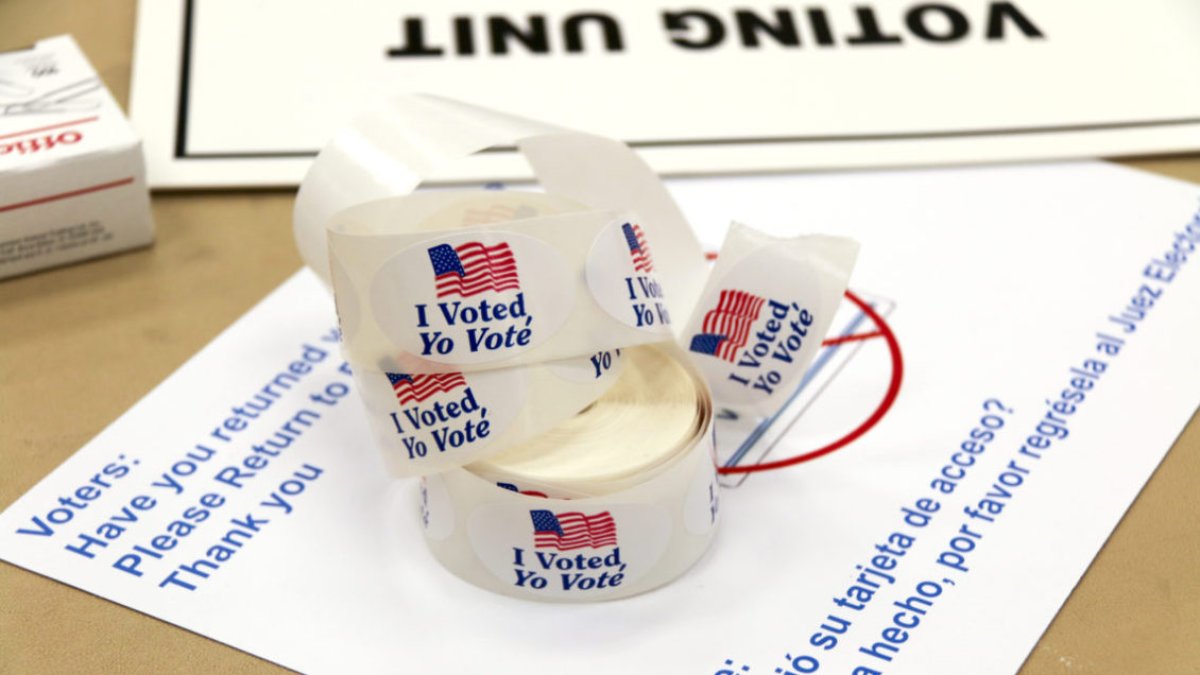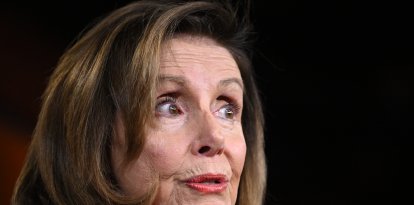Midterms: five keys to understanding the Hispanic vote
The growth of the Hispanic-American community may prove to be decisive in the upcoming elections. The LSG agency gives us the main keys to understanding the importance of these voters.

(OSCE)
The Hispanic vote will be decisive in the midterm elections. The Hispanic population continues to grow across the country and the weight of their votes is fundamental in shaping Congress and deciding who will govern in various states.
The Hispanic community vote is as diverse as the Hispanic-American population itself. However, the political parties and their candidates struggle to reach out to the community knowing the importance they have in tipping the scales towards either party. A study by impact agency LSG attempts to summarize in five keys to understanding the Hispanic vote before the midterms:
- Hispanics are decisive in elections
According to the 2020 Census, 62 million Hispanics live in the country. Their voting power is increasingly important and goes beyond the states that have traditionally had a higher proportion of Hispanic voters. Their participation and support for the different candidacies will be crucial in the upcoming election.
To get results similar to those predicted by polls among Hispanic voters, LSG reminds us, we would have to go back to the George Bush era. Democrats may be jeopardized in key congressional seats by the shift to the right predicted by many Hispanic polls. "The Hispanic vote is not owned by either party and in this election it is being seriously contested by Republicans, who hope to cement many strategic victories thanks to the support of Hispanic voters," the agency states.
3. Do the parties understand what motivates Hispanics to vote?
LSG points out that Hispanics care about the same things as all other voters. "It's critical to understand that Hispanic communities have long been rooted in the country that their concerns are therefore closely tied to the concerns we see in polls of the rest of Americans. The economy, inflation, security, health, etc. It's important to listen and understand what communities are concerned about and not assume what you think they are concerned about."
4. Unfinished business: voter participation
One of the issues that has motivated politicians to go after the Hispanic vote in these upcoming elections, LSG notes, is the overall low voter turnout rate compared to other groups. The last election had a higher than normal turnout rate, which is expected to continue to grow. A higher voter turnout carries greater weight at the polls.
5. A diverse voting group
The LSG analysis concludes by noting that "Hispanic voters are probably one of the most heterogeneous groups in the country. This election will highlight distinct regional and state trends among the increasingly important Hispanic vote. Both parties and analysts should begin to take note of these trends to better understand the behavior of this growing voting group."

























